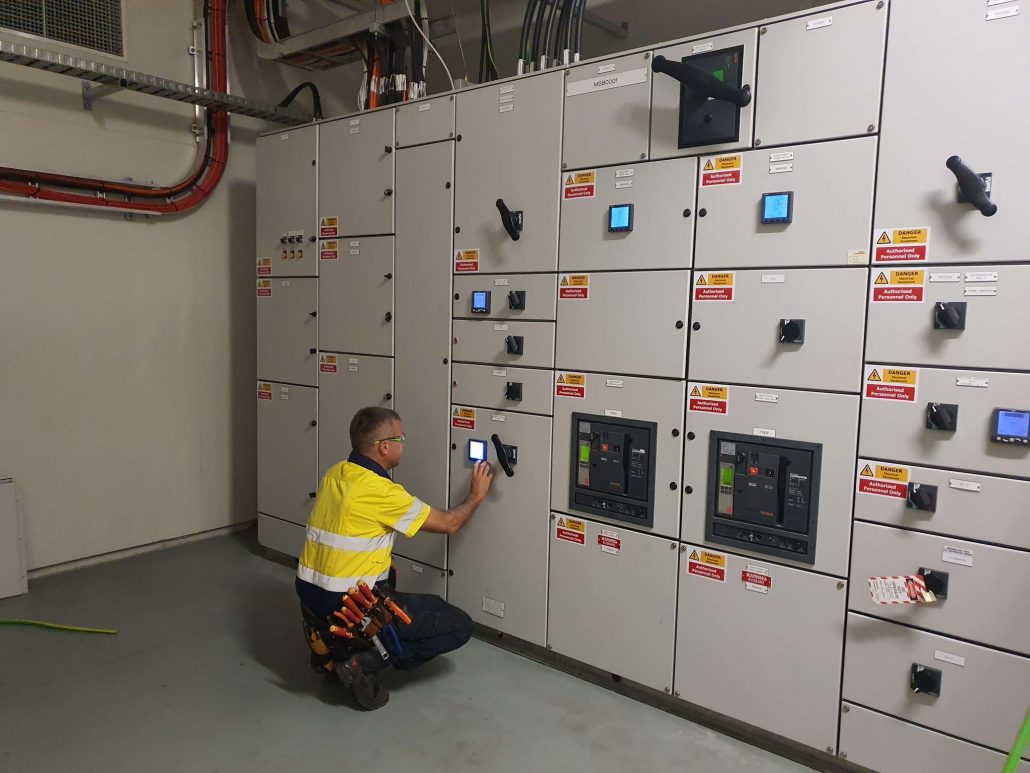Newsletter Riddle – September 2024

Answer: Meat

Answer: Meat

Answer: None. He has three sisters.
The EAS team can provide 24/7 cover for your plant ensuring that you’ve got help when you need it for any unplanned outage or electrical emergency that might occur.
Whether you need help due to power outages, electrical fires, equipment malfunctions, short circuits or electrical shock incidents EAS will be there to help you get your plant up and running again as quickly as possible.
What should you do in the event of a machine breakdown or electrical emergency:
Early Warning Signs of Potential Electrical Hazards
There can be early warning signs that a machine may be about to fail. These could include:
If you notice any of these signs, the best action is to log a maintenance callout before a full breakdown occurs. Better yet, talk to the EAS team about getting a planned maintenance schedule in place to reduce the likelihood of any unplanned downtime.
If you would like to arrange on call cover for your plant, get help with carrying out your planned maintenance or developing a planned maintenance plan for your business, get in touch with the EAS team today on 07 834 0505 or [email protected].

Answer: An Elevator or Lift
Five key checks you should do on your pumps to avoid costly breakdowns.
If you want to ensure your pumps are in optimal working condition, give the experts at Electrical and Automation Solutions a call on 07 834 0505.
We’ll help you keep your plant at peak performance.

What is most useful when it is broken?
Answer:
An egg
There’s a one-storey house in which everything is yellow. Yellow walls, yellow doors, yellow furniture. What color are the stairs?
Answer: There are no stairs – it’s a one storey house.
Biomass boilers are heating systems that use organic materials, such as wood pellets, wood chips, or agricultural waste, to generate heat for buildings or industrial processes. These boilers operate similarly to conventional boilers, but instead of burning fossil fuels like oil or gas, they burn biomass materials.
Biomass boilers are an environmentally friendly option because they use renewable organic materials as fuel and help reduce dependence on fossil fuels.
Biomass boilers offer several benefits, both practical and environmental. These include:
Biomass boilers should be considered by a range of industries including:

If you can answer yes, to at least some of these questions – a Biomass Boiler could be a good option for your business.
Overall, biomass boilers offer a versatile and environmentally friendly heating solution for a wide range of industries, helping to reduce reliance on fossil fuels, lower energy costs, and limit the impacts on our environment.
If you’re interested in installing a biomass boiler for your plant or want to put in place a regular maintenance plan to ensure you maintain optimal efficiency, then give the EAS team a call today on 07 834 0505.

Photo source: EECA.govt.nz
Motor Control Centres are the nerve centre of industrial automation and electrical distribution systems ensuring seamless operation of machinery and equipment in industrial and commercial environments.
A Motor Control Centre (MCC) is an assembly of one or more enclosed sections each containing components such as circuit breakers, contactors, overload relays and other components that help manage the power distribution, switching and protection of the electric motors in your system.
Benefits of Motor Control Centres (MCCs):
– Efficient power management
MCCs can include energy monitoring and management features to reduce energy consumption and improve motor performance – all contributing to overall energy efficienty and cost savings for your plant.
– Reduced down time through improved monitoring & maintenance
The modular design of MCCS makes it easier to access individual motor starters and components, simplifying maintenance tasks and reducing downtime. MCCs can also be equipped with advanced monitoring and diagnostic features such as remote monitoring, fault detection and predictive maintenance capabilities which all help optimise motor performance and can identify issues before they lead to unplanned downtime.
– Safety and protection of the motors in your system
MCCs incorporate safety features such as circuit breakers, overload protections and interlocking mechanisms which all improve the safety of motor operations protecting both your people and your equipment from electrical hazards.
– Convenient and organised way of managing power distribution
MCCs provide a centralised location for managing multiple motors, saving valuable floor space and making it easier for operators to monitor and manage motor operations from a single point.
Maintenance
To keep your MCC in peak condition, regular maintenance is essential. This should include:
– Inspections:
Regular visual inspections should be done to check for signs of damage, overheating, losse connection or corrosion of MCC components including motor starters, circuit breakers, wiring, busbars an insulation.
– Testing & Calibration:
Protective devices such as overload relays and circuit breakers should be tested and calibrated to ensure they will operate when needed.
– Connections:
Electrical connections should be checked periodically to ensure they are secure and free of corrosion. Loose connections can lead to overheating and electrical faults.
– Cleaning:
It is essential that the MCC enclosure and components are kept clean and free of dust to ensure all equipment operates at peak performance.
– Cooling Systems:
If your MCC is equipped with a ventialtion or cooling system then the fans, filters and airlow pathways should be checked to ensure proper ventialtion and cooling of the MCC components.
Motor Control Centres offer a complete solution for motor control and power distribution, combining convenience, safety, and efficiency for your plant.
If you’d like to investigate a MCC solution for your plant or put in place a regular maintenance programme for an existing MCC, get in touch with the EAS team today on 07 834 0505.
